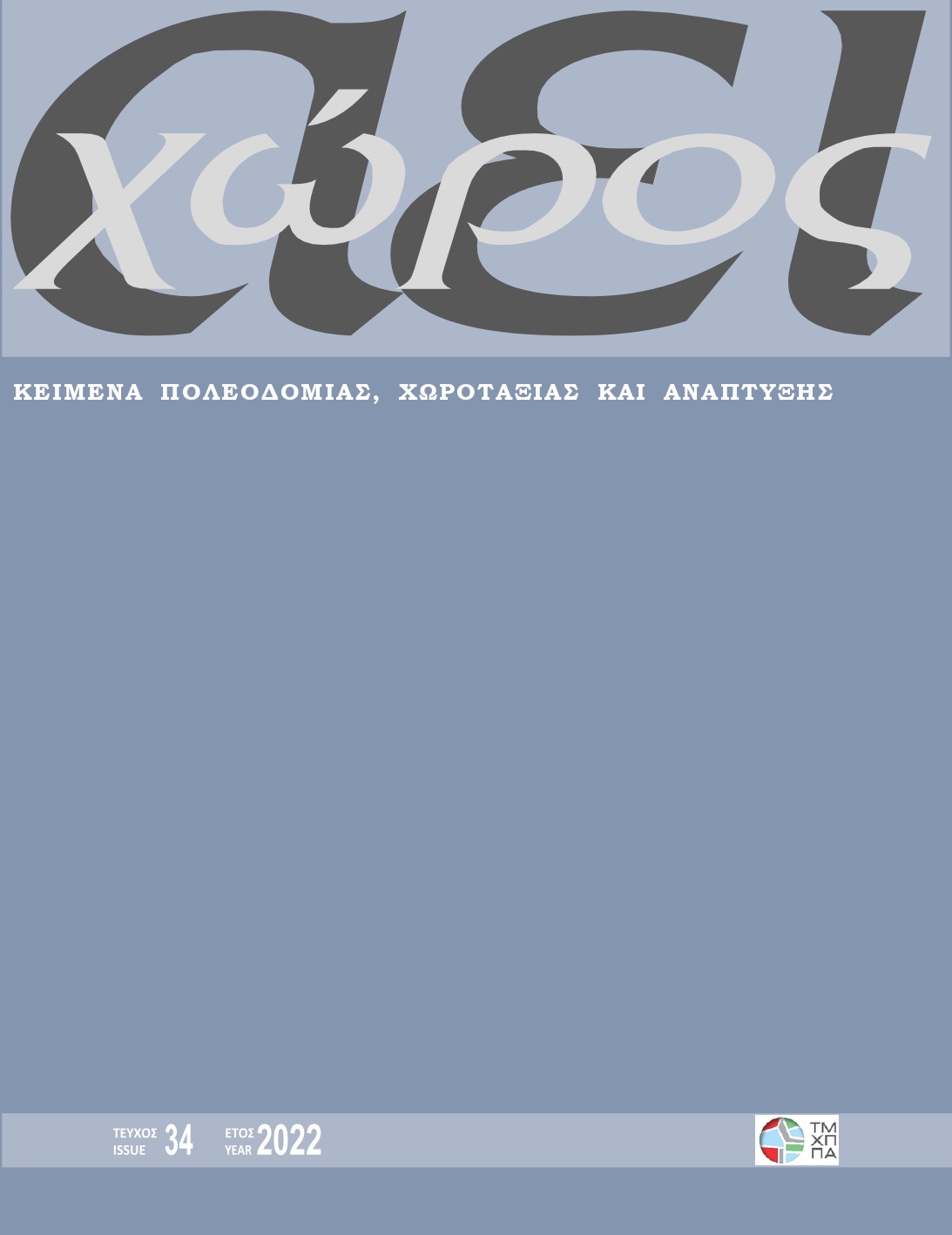Integrating Business Parks into the urban ecosystem
perspectives and conditions for a comprehensive transition
DOI:
https://doi.org/10.26253/heal.uth.ojs.aei.2022.1256Abstract
The purpose of this paper is to investigate the problems and constraints that have contributed to the shortages in the implementation of the tool of Business Parks in the Greek territory, and to formulate specific policy proposals for overcoming them. This is done through a brief review and critique of the institution of “Organized Receptors of Manufacturing and Business Activities” (OYMED) and by highlighting the importance of organized development of productive activities and their interactions with the urban ecosystem. In the context of observations and findings, it seems that the reversal of the current spatial paradigm of anarchic and unplanned development of productive activities, requires a comprehensive review of the regulatory framework concerning the organized receptors, with emphasis on: a) the development of synergies with the implemented or / planned urban policy in the country and b) the collaborative mechanisms that are acting as catalysts for creativity and innovation, having a decisive influence on decision-making and ultimately on the implementation of spatial/territorial development tools and c) the pursuit of an integrated and evidence-based industrial location policy. The specialization of the criteria taken into account in the process of localization of new Business Parks, as well as the transformation of the industrial receptors into places where the implementation of modern sustainable growth and environmental related policies is facilitated, also seems to play a crucial role.
Downloads
Downloads
Published
How to Cite
Issue
Section
License

This work is licensed under a Creative Commons Attribution-NonCommercial 4.0 International License.

